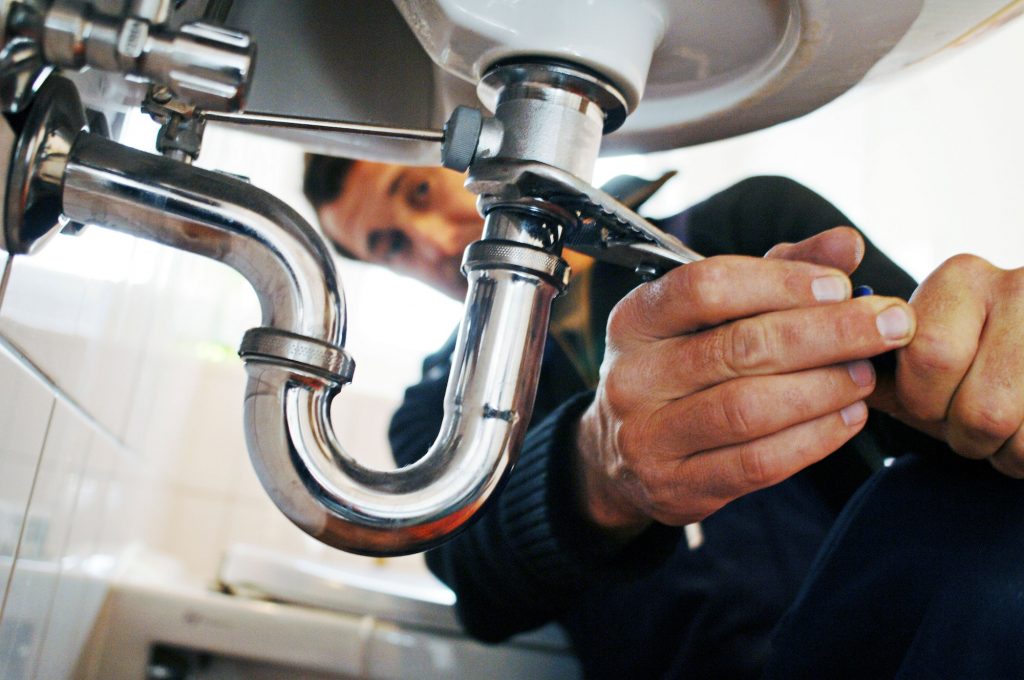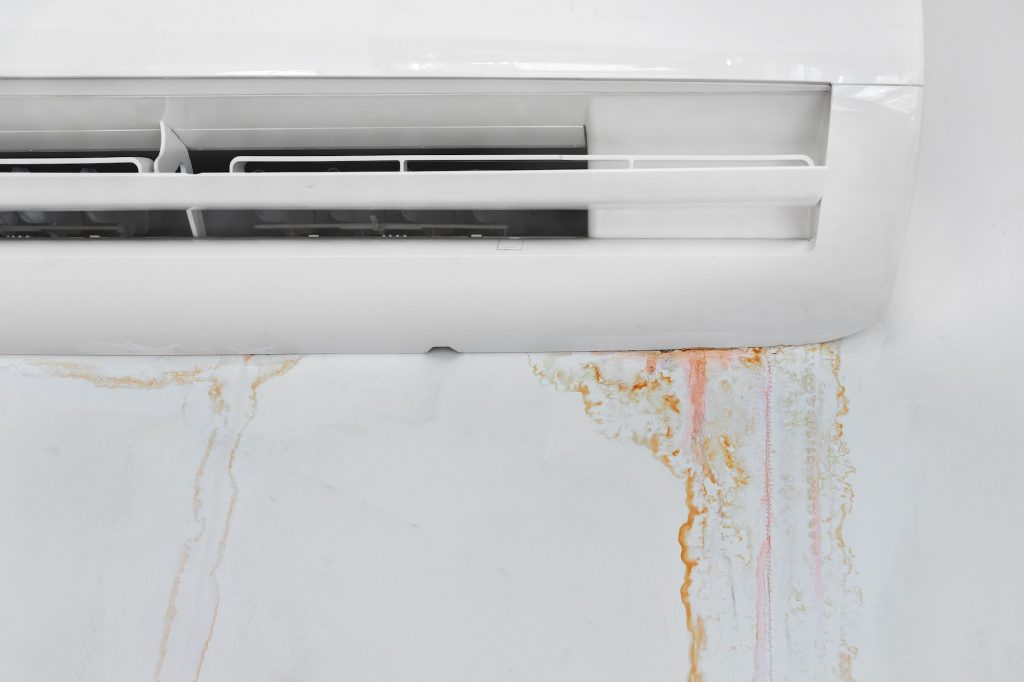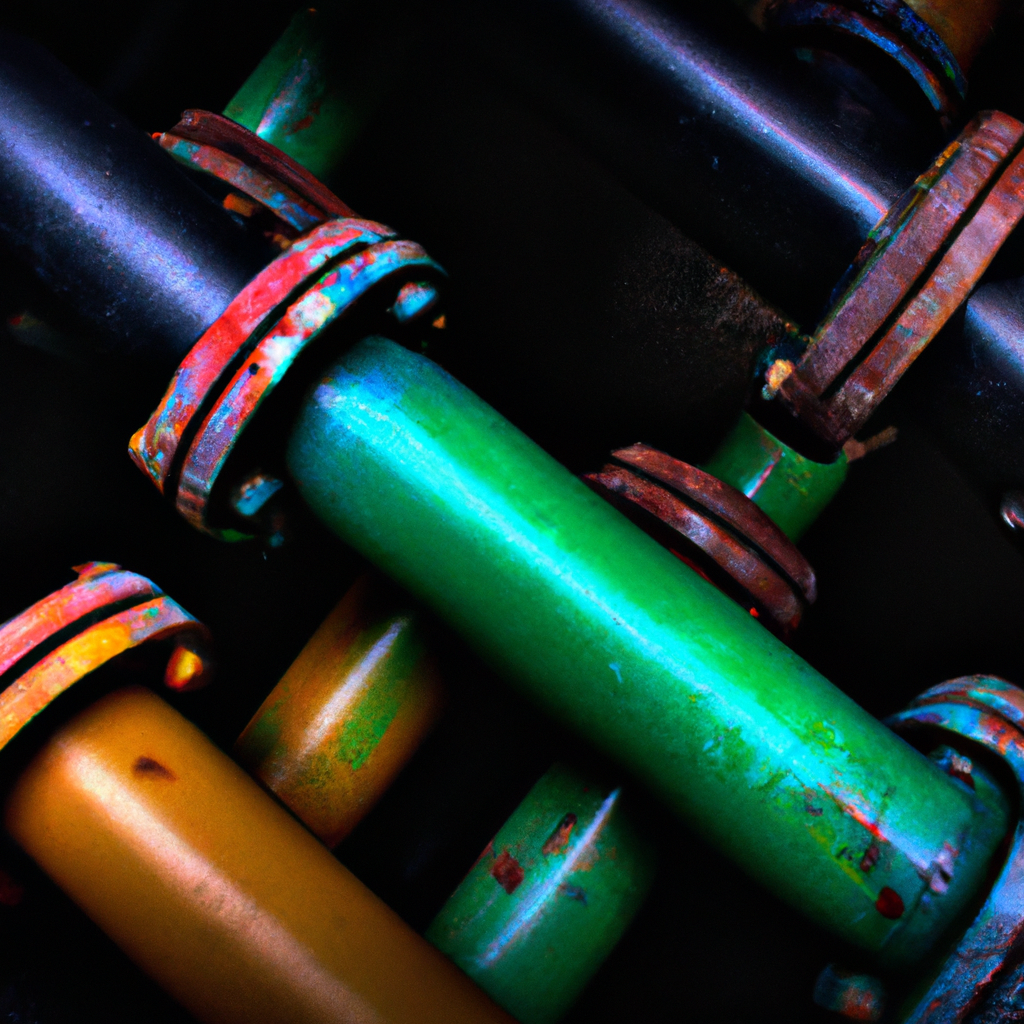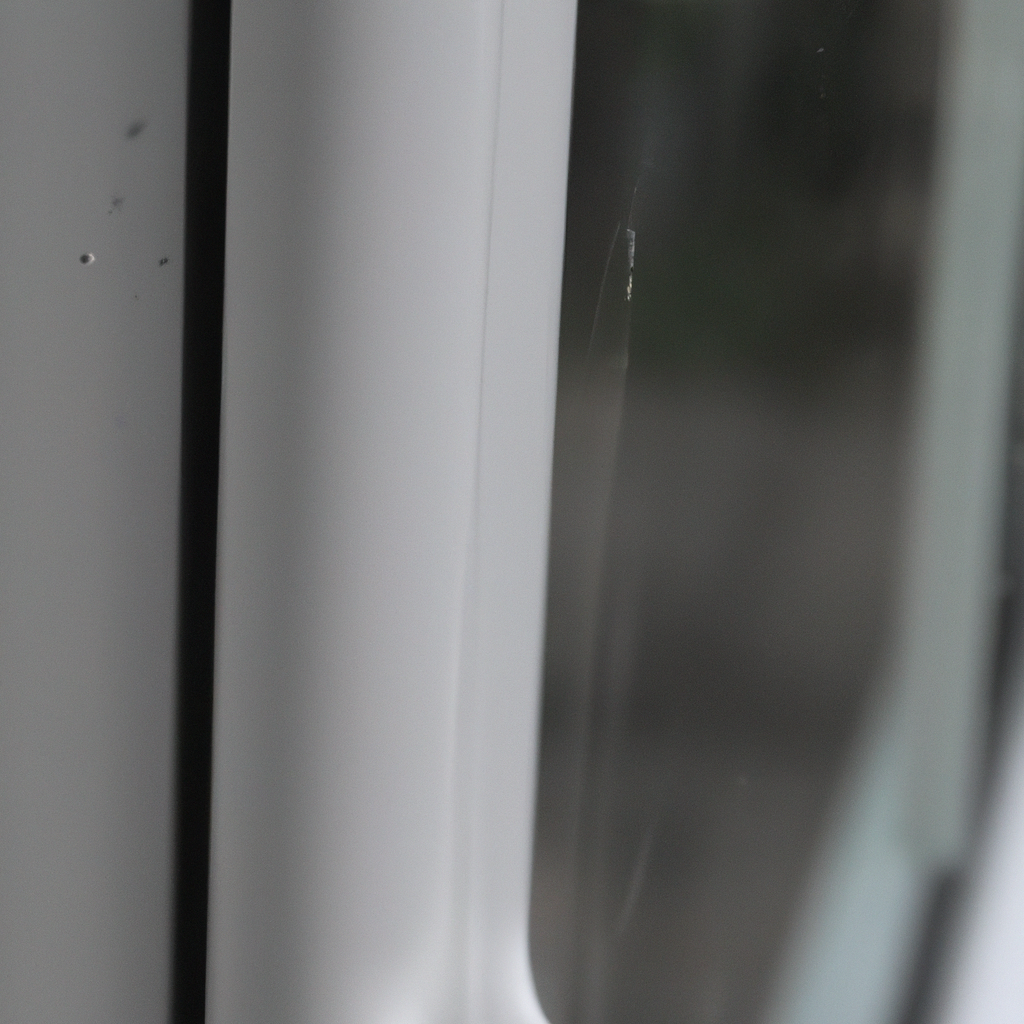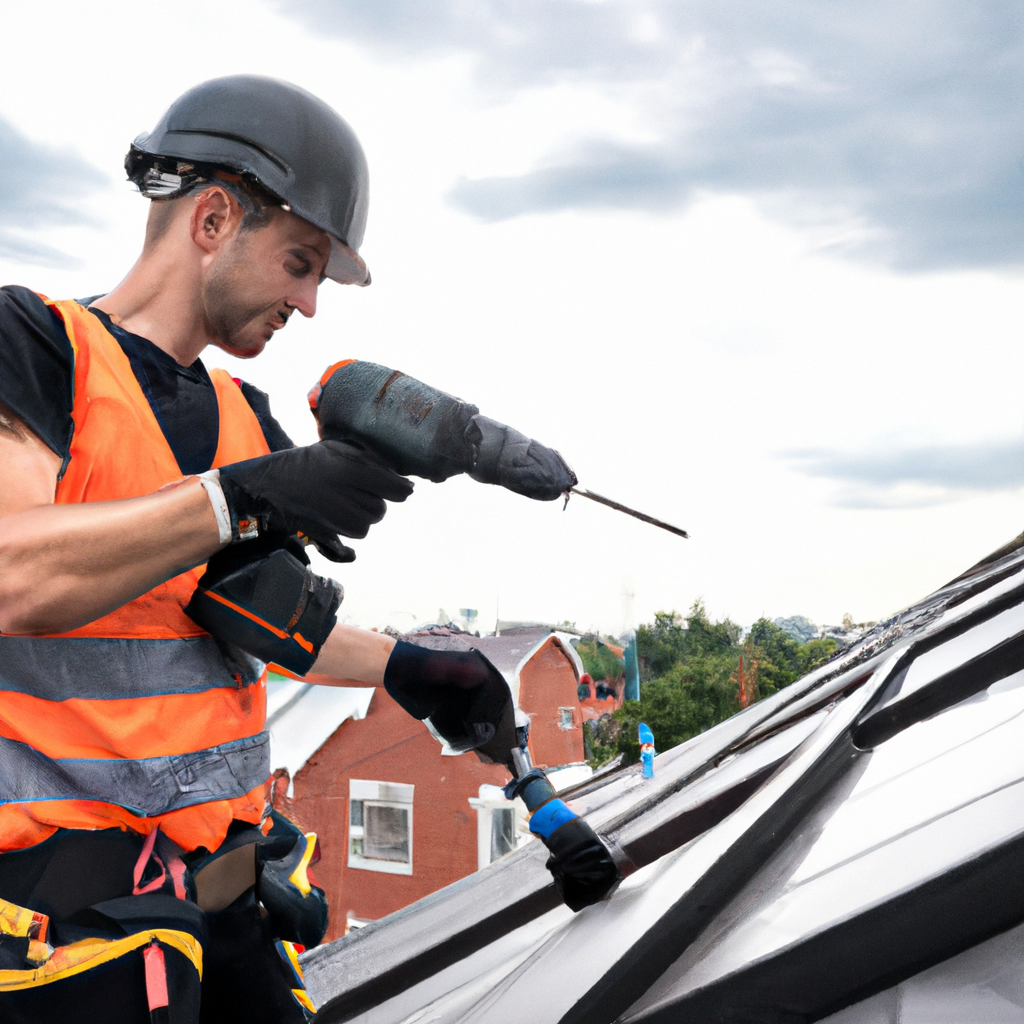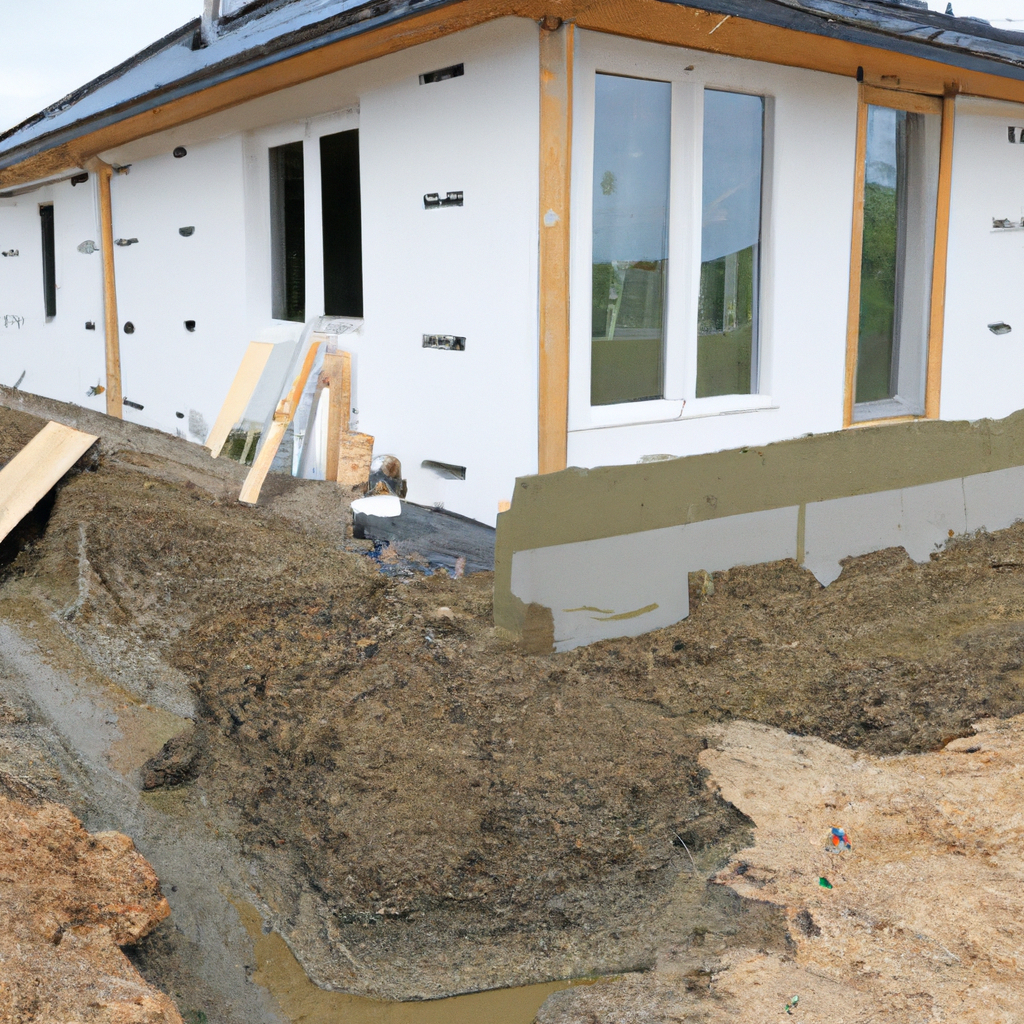Is your water heater acting up? Are you constantly facing issues with the pilot light? Don’t worry, we’ve got you covered! In this comprehensive guide, we will walk you through the troubleshooting process for common water heater pilot light issues. By the end of this article, you’ll be equipped with the knowledge and understanding to fix these problems on your own. So, let’s dive in and unveil the mystery behind these pesky pilot light issues!
Understanding the Pilot Light
Before we jump into troubleshooting, let’s take a moment to understand the importance of the pilot light in your water heater. The pilot light is a small flame that ignites the main burner when the water heater needs to heat the water. It plays a crucial role in the overall functionality of the appliance.
Issue 1: Pilot Light Won’t Stay Lit
One of the most common issues homeowners face is a pilot light that won’t stay lit. There could be several reasons behind this problem, including a faulty thermocouple, a dirty pilot tube, or a gas supply issue. Here’s what you can do to troubleshoot this issue:
- Check the thermocouple: The thermocouple is a safety device that senses heat from the pilot flame and sends a signal to keep the gas valve open. If it’s faulty, it won’t allow the gas to flow, causing the pilot light to go out. Try cleaning the thermocouple or replacing it if necessary.
- Inspect the pilot tube: Over time, the pilot tube can accumulate dirt or debris, obstructing the flow of gas. Use a soft brush or compressed air to clean the tube, ensuring it’s clear and free from any blockages.
- Check the gas supply: Make sure the gas supply to the water heater is turned on and there are no leaks. If you suspect a gas supply issue, contact a professional for assistance.
Issue 2: Weak Pilot Flame
If your pilot flame appears weak or keeps flickering, it may not be able to ignite the main burner properly. This can result in inconsistent heating or no hot water at all. Here are a few steps you can take to troubleshoot this issue:
- Clean the pilot orifice: The pilot orifice is a small opening where the gas flows through. Over time, it can become clogged with debris, affecting the flame’s strength. Use a needle or a compressed air canister to clean the orifice gently.
- Adjust the pilot flame: Locate the pilot adjustment screw on the gas valve and carefully turn it clockwise to increase the flame size. Only make small adjustments and observe the changes before proceeding further.
- Check for gas pressure issues: If the pilot flame remains weak even after cleaning the orifice and adjusting the flame, it could be due to low gas pressure. Contact a professional to inspect and resolve any potential gas pressure problems.
Issue 3: Pilot Light Keeps Going Out
Dealing with a pilot light that keeps going out can be frustrating. This issue can occur due to various reasons, such as a faulty thermocouple, a draft near the water heater, or a malfunctioning gas valve. Follow these steps to troubleshoot and resolve the problem:
- Check for drafts: Drafts near the water heater can blow out the pilot light. Ensure that there are no open windows or doors in the vicinity and that the water heater is properly sealed. Consider installing a draft hood or vent cap if necessary.
- Inspect the thermocouple: A faulty thermocouple can cause the pilot light to go out frequently. Clean or replace the thermocouple as mentioned earlier in Issue 1.
- Examine the gas valve: A malfunctioning gas valve can also lead to the pilot light going out. It may require professional attention to diagnose and repair or replace the gas valve if needed.
Issue 4: Pilot Light Won’t Ignite
If you’re struggling to ignite the pilot light from the start, there are a few troubleshooting steps you can take to get it up and running:
- Follow the manufacturer’s instructions: Ensure that you are following the correct procedure for igniting the pilot light, as outlined in the water heater’s user manual. Each model may have specific instructions, so it’s important to read and follow them carefully.
- Check for gas supply: Make sure the gas supply to the water heater is turned on and there are no leaks. If you suspect a gas supply issue, contact a professional for assistance.
- Inspect the igniter or pilot assembly: Over time, the igniter or pilot assembly can become dirty, hindering the ignition process. Clean the assembly using a soft brush or compressed air to remove any buildup that may be causing the issue.
Conclusion
In conclusion, troubleshooting common water heater pilot light issues doesn’t have to be a daunting task. By understanding the various problems and following the steps outlined in this guide, you can effectively diagnose and resolve most pilot light-related issues on your own. Remember to prioritize safety and consult a professional if you encounter any challenges beyond your expertise. With the knowledge gained from this article, you’ll be well-equipped to keep your water heater functioning optimally and enjoy a steady supply of hot water.

